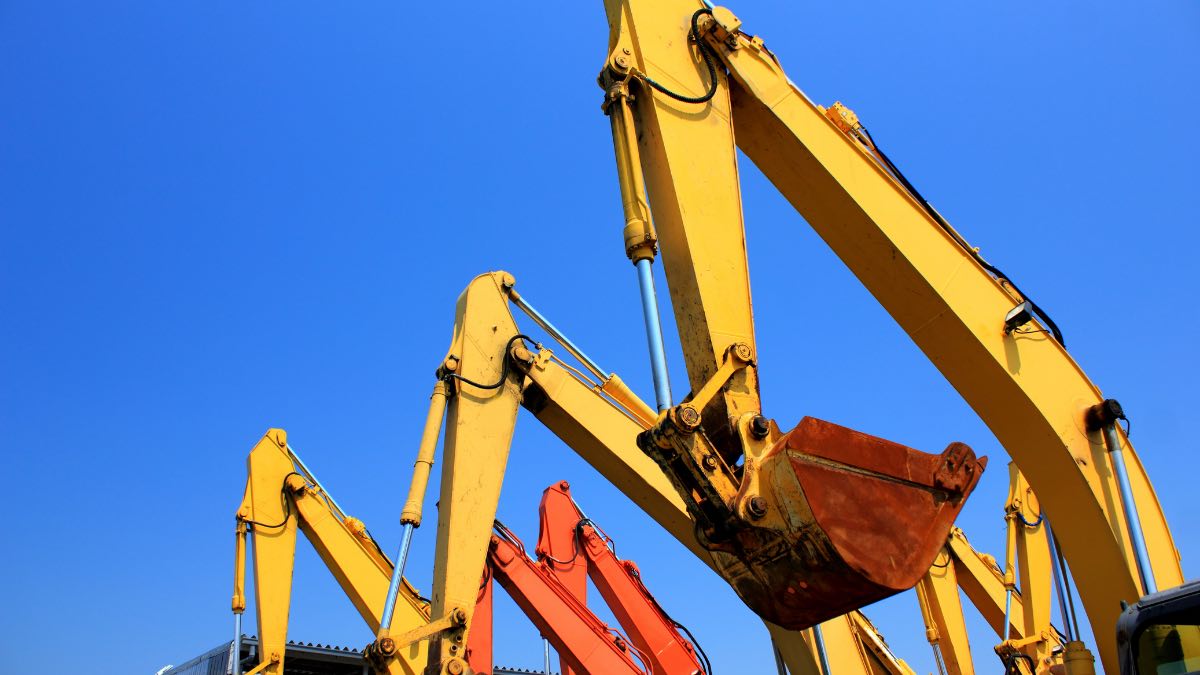Data from the U.S. Department of Labor show that electrocution, falls, being trapped between objects, and being hit by something are the fatal four accidents that construction workers face. We cannot say that accidents will not happen; however, steps should be taken to prevent or minimize possible injuries. Below are ten safety tips that heavy equipment operators should consider when working.
Open Communication
How operators communicate while working is essential, especially with the bevy of activity and noisy, heavy machines around. Everyone on the job site must be aware of what is happening within their surroundings. It will reduce the chances of someone being in the wrong place.
Giving your team members two-way radios can enhance communication when everyone is out of sight. Construction sites are noisy and busy; therefore, never assume that everyone can see or hear you. Use the radios to double-check with your team regarding the surroundings when operating heavy equipment and check on the job progress.
Awareness of the Surroundings
Everyone should be encouraged to be concerned about who or what is around them when operating the construction machines. Nobody should assume that people will see them and get out of the way. That is why double-checking your surrounding is vital before using the equipment.
Advertisement
Content in this Article
Keep an eye out for yourself and others. For instance, make sure that you have a clear path when driving any machine, anticipating potential dangers before they happen. It is the best tactic to avoid hazards and severe injuries.
Watch Load Limits
Never operate any industrial equipment without knowing its limits. You do not want to discover how things turn out when you push the machinery past its capabilities.
With strict timelines for project completion, workers are under pressure to move faster. However, it is a recipe for accidents. Never push your construction workers and the machinery to carry or do more than they can. Rushing to finish a project on time is not worth losing lives due to preventable accidents.
Wear Safety Gear
The safety rule of “wearing a seat belt when driving on the road” also applies to those operating heavy machinery in construction sites. It is a rule that workers must follow even if they drive heavy equipment for a few minutes. Accidents can occur in the blinking of an eye. Thus, you should ensure that you are secure, cannot fall or be thrown off the machine.
The law and company’s workers’ safety regulations dictate that everyone on the job site must wear a hard hat and proper boots. Taking off this gear, even for a second, places you at risk of significant injury in case an accident happens.
Watch Your Step
You face a potential risk of injury when mounting and dismounting heavy construction equipment. Falls, missteps are the leading cause of accidents and fatal injuries in construction sites. Therefore, always watch your step irrespective of what you are doing. Avoid pushing yourself to work in an area that feels it can crumble without notice or climb higher than necessary.
Double Check Equipment After Turning off
It might sound like an obvious thing, but workers can forget to do something when they are not paying attention, and the unexpected could happen. Inform those using the heavy construction equipment to always recheck after powering them off and ensure they are not running or idling. You do not want equipment rolling away and causing an accident because it was left running.
Beware Of What’s Underneath
With the bevy of drilling and digging, it is best to know if the site is clear of underground hazards when operating heavy construction equipment. Contact the local utility notification center before you start digging to determine if you have any water, cables, electricity, gas, or sewer lines running underneath the job site. They can be potential dangers if dug into; therefore, know what is in the ground below before you start drilling or digging.

